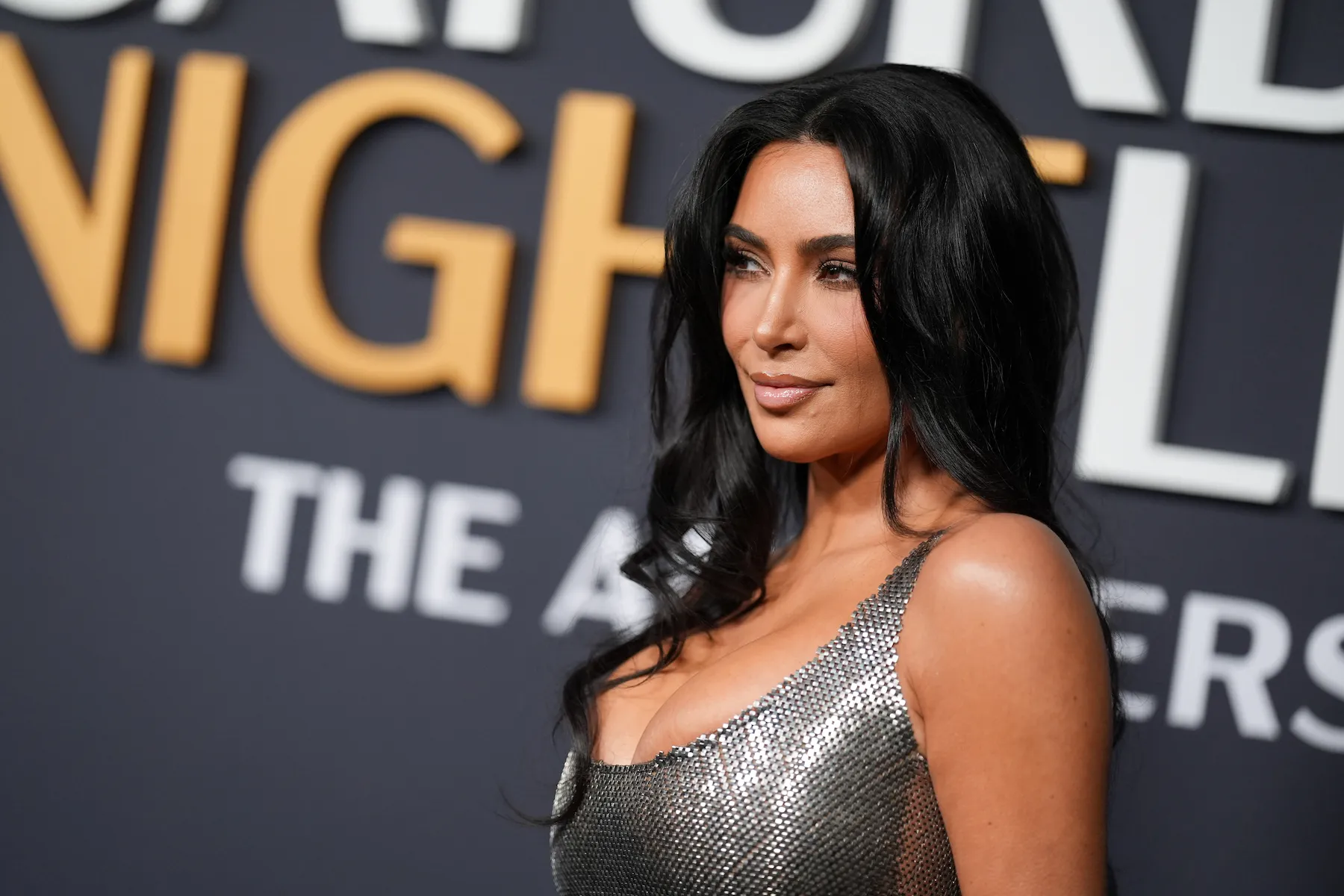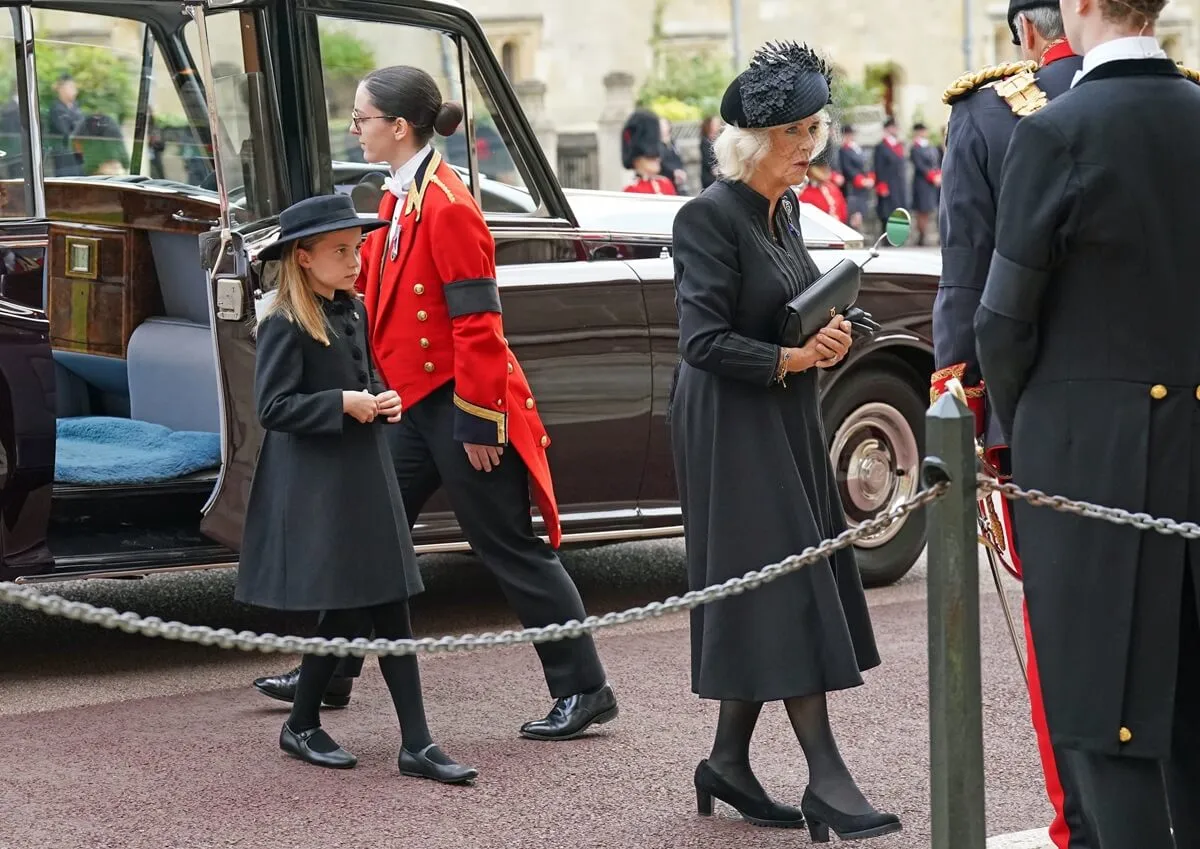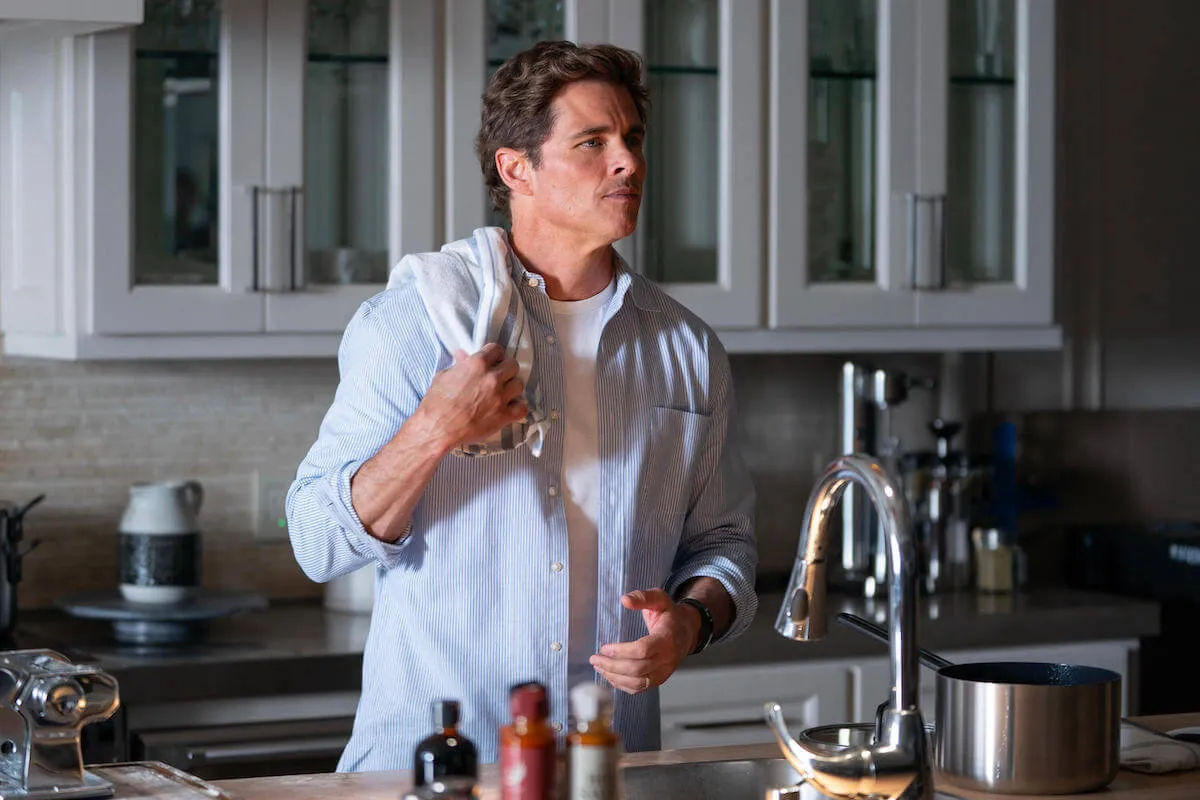If It Weren’t For Tom Holland, Spider-Man Would Have Been Played By This Actor
When Sony/Marvel were casting the role of Spider-Man, the field of more than 1,000 performers was initially narrowed to six, who got a screen test. Then the six came down to a choice between two actors: Tom Holland and Charlie Rowe.
So how did Holland prevail and become something of a goodwill ambassador for the MCU? Appropriately for a part about a teen scientist, it all came down to chemistry.

Who almost got to be Spider-Man?
When the part of the web-slinger was being cast, these were the six actors who stood out from the pack, according to the Hollywood Reporter. Asa Butterfield, Judah Lewis, Matthew Lintz, Charlie Plummer, and Charlie Rowe.
Butterfield’s credits include Martin Scorsese’s Hugo and Ender’s Game, so he had experience with sci-fi/fantasy. Lewis’ credits include Demolition with eventual Spider-Man villain Jake Gyllenhaal, and The Babysitter with Samara Weaving. Matthew Lintz starred in Pixels with Adam Sandler, and Kill the Messenger, starring Jeremy Renner.
Then there were the two Charlies. Plummer made a name for himself with credits like Lean on Pete and Looking for Alaska, and Rowe had appeared in The Golden Compass with Nicole Kidman and Never Let Me Go with Keira Knightley.
All of these actors were aged 14 to 19 at the time, in keeping with Marvel’s desire to cast an actual teenager as Spider-Man. Tobey Maguire and Andrew Garfield, the previous actors, had both been in their mid-to-late 20s when they got the part.
These actors had solid resumes with relatively few prominent movies or shows to their names. Once they got this role, Spider-Man was who they were going to be known for above all else. No pressure.
How was Holland tapped?
Ultimately, the choice came down largely to what’s called a chemistry read. Robert Downey Jr. read with all the potential Spider-Men, and since Tony Stark was going to play a prominent part in the story as Peter Parker’s mentor, that chemistry was all-important.
Holland, up to that point had been primarily known for the drama The Impossible, about a family trying to survive the 2004 tsunami in the Indian Ocean.
Holland’s athleticism and training as a gymnast no doubt helped him win the part for arguably Marvel’s most nimble superhero. And that also ended up working out well for director Jon Watts, who like Holland, was a relative unknown.
The studio was looking not at directors known for big-budget action extravaganzas, but at directors who had made comedies. Marvel and Sony wanted Spider-Man: Homecoming to play as a teen movie that happened to have superheroes in it.
One of the reasons Watts was interested was because with his comedy background, Spider-Man reminded him of the great silent movie comic Buster Keaton, who was known for often dangerous stunts that he performed himself.
“Here I have this character who has almost no expression in his face, but there is so much personality you want to create, and so much humor you want to bring out in the physicality. So I just went back and watched a bunch of Buster Keaton films,” Watts said in the documentary The Great Buster. “I used that as a baseline for so many ‘Spider-Man’ moments.”
No wonder he and Holland got on well.
Holland is beloved by fans
With his boundless enthusiasm matching all that physical bounding, Holland has become one of the MCU’s biggest boosters — so much so that it turned out to be Holland who was a driving force behind the rift that led to Disney/Marvel and Sony parting ways, which would have taken Spider-Man out of the MCU.
Even before that split was healed, Holland played the good soldier, saying that he and Sony would find ways to make Spider-Man “even cooler” and that he intended to go on playing Spider-Man as long as possible.
He’ll next act with his MCU castmates, providing voices in three movies: Spies in Disguise with Karen Gillan, Dolittle with Robert Downey Jr, and Pixar’s Onward with Chris Pratt.


